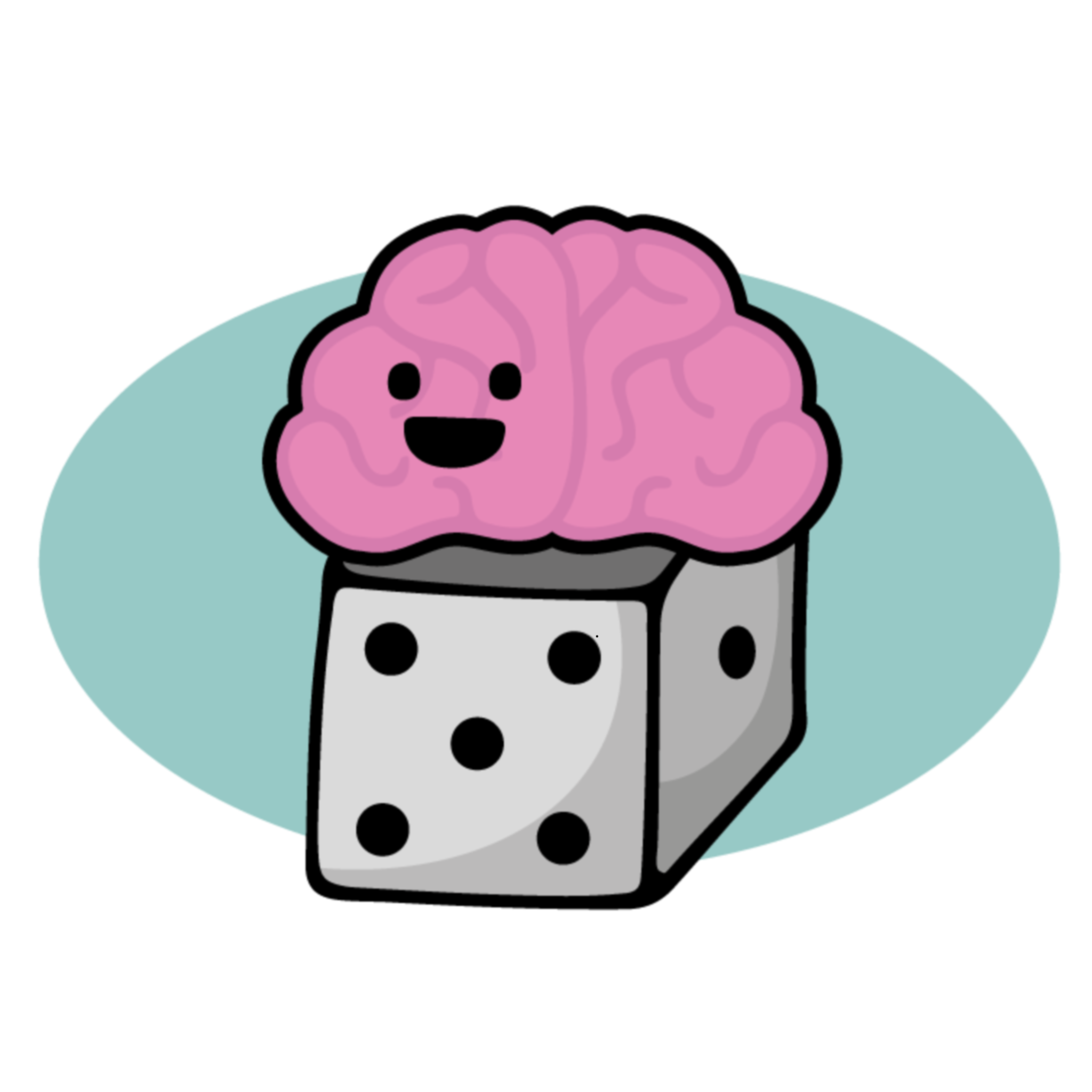Psychiatric Symptoms May Predict Internet Addiction in Adolescents
 CHICAGO – Adolescents with psychiatric symptoms such as attention-deficit/hyperactivity disorder (ADHD), social phobia, hostility and depression may be more likely to develop an Internet addiction, according to a report in the October issue of Archives of Pediatrics & Adolescent Medicine, one of the JAMA/Archives journals.
Although the Internet has become one of the most significant information resources for adolescents, addiction to the Internet can negatively impact school performance, family relationships and adolescents’ emotional state, according to background information in the article. “This phenomenon has been described as Internet addiction or problematic Internet use and classified as a possible behavior addiction,” the authors write. Previous studies report that 1.4 percent to 17.9 percent of adolescents are addicted to the Internet in both Western and Eastern societies; therefore, there have been suggestions to add Internet and gaming addictions to the fifth edition of the Diagnostic and Statistical Manual of Mental Disorders. “Identification of the risk factors for Internet addiction is therefore of clinical significance for the prevention of, and early intervention into, Internet addiction in adolescents.”
CHICAGO – Adolescents with psychiatric symptoms such as attention-deficit/hyperactivity disorder (ADHD), social phobia, hostility and depression may be more likely to develop an Internet addiction, according to a report in the October issue of Archives of Pediatrics & Adolescent Medicine, one of the JAMA/Archives journals.
Although the Internet has become one of the most significant information resources for adolescents, addiction to the Internet can negatively impact school performance, family relationships and adolescents’ emotional state, according to background information in the article. “This phenomenon has been described as Internet addiction or problematic Internet use and classified as a possible behavior addiction,” the authors write. Previous studies report that 1.4 percent to 17.9 percent of adolescents are addicted to the Internet in both Western and Eastern societies; therefore, there have been suggestions to add Internet and gaming addictions to the fifth edition of the Diagnostic and Statistical Manual of Mental Disorders. “Identification of the risk factors for Internet addiction is therefore of clinical significance for the prevention of, and early intervention into, Internet addiction in adolescents.”
Chih-Hung Ko, M.D., of Kaohsiung Medical University Hospital and Kaohsiung Medical University, Kaohsiung City, Taiwan, and colleagues examined the relationship between psychiatric symptoms such as ADHD, social phobia and hostility and Internet addiction in 2,293 seventh-graders (1,179 boys and 1,114 girls) from ten junior high schools in southern Taiwan. Researchers also noted differences in the predictive value of these psychiatric symptoms between males and females. Psychiatric symptoms were determined through self-reported questionnaires. Internet addiction was assessed by the Chen Internet Addiction Scale (CIAS) at baseline and at six, 12 and 24 months with scores ranging from 26 to 104. Participants scoring 64 or higher were classified as being addicted to the Internet.
Of all participants, 233 (10.8 percent) were classified as having Internet addiction and 1,929 (89.2 percent) were classified as not having an Internet addiction. The researchers report that although depression, ADHD, social phobia and hostility were found to predict the occurrence of Internet addiction in the two-year follow-up, depression and social phobia predicted Internet addiction among only female adolescents. Additionally, the most significant predictors of Internet addiction in male and female adolescents were hostility and ADHD, respectively.
“These results suggest that ADHD, hostility, depression and social phobia should be detected early on and intervention carried out to prevent Internet addiction in adolescents,” the authors conclude. “Also, sex differences in psychiatric comorbidity should be taken into consideration when developing prevention and intervention strategies for Internet addiction.”
(Arch Pediatr Adolesc Med. 2009;163[10]:937-943. Available pre-embargo to the media at www.jamamedia.org.)
Editor’s Note: The study was supported by grants from the National Science Council of Taiwan. The funders had no involvement in this work. Please see the article for additional information, including other authors, author contributions and affiliations, financial disclosures, funding and support, etc.
# # #
Editorial: Internet Addiction May Be a 21st-Century Epidemic
“Our culture both mandates and facilitates time spent online,” write Dimitri A. Christakis, M.D., M.P.H., of the Center for Child Health, Behavior and Development, Seattle, and Megan A. Moreno, M.D., M.P.H., in an accompanying editorial. “Woven as it is into the fabric of today’s society, the potential for Internet use to lead to overuse and ultimately to addiction is concerning …”
“Part of the failure to recognize this potential 21st-century epidemic is the simple fact that many of us, Blackberry in hand, check e-mail more than we would like. The inherent difficulties in defining Internet addiction and our own need for rectification should not prevent us from recognizing an emerging epidemic,” Dr. Christakis and Dr. Moreno continue. “As pediatricians and indeed as parents, we have all experienced the pull that the Internet can have on children.”
“If all at-risk children achieve sufficient exposure to become addicted, the prevalence of Internet addiction may easily approach the 2 percent to 12 percent of children reported in other countries, quickly ranking it among the most common chronic diseases of childhood,” they conclude. “Our intention in raising this concern is not to be alarmist but rather to alert pediatricians to what might become a major public health problem for the United States in the 21st century.”
(Arch Pediatr Adolesc Med. 2009;163[10]:959-960. Available pre-embargo to the media at www.jamamedia.org.)
Editor’s Note: Please see the article for additional information, including author contributions and affiliations, financial disclosures, funding and support, etc.
# # #
Vote for The Family Anatomy Podcast at Podcast Alley and for the blog at Blogger’s Choice!
Note: Posts on Family Anatomy are for education only. If you need to talk to someone about family or mental health issues, you can get a referral from your family doctor.
